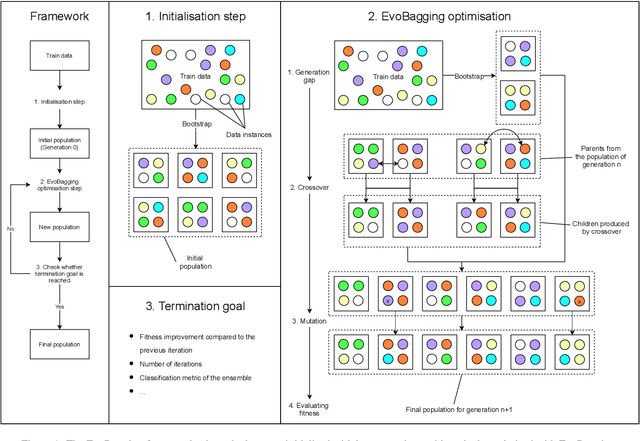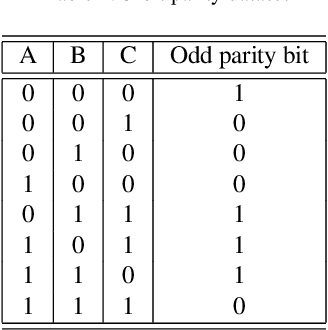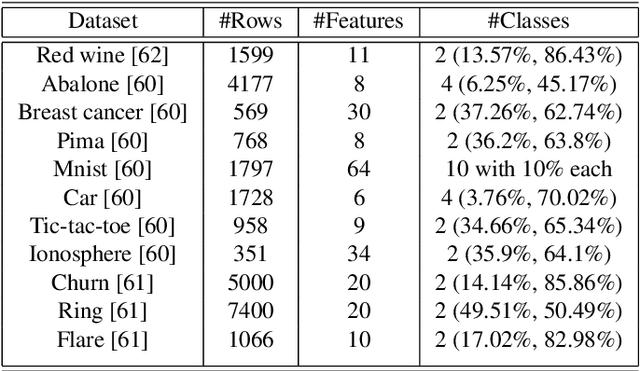Evolutionary bagged ensemble learning
Paper and Code
Aug 04, 2022



Ensemble learning has gained success in machine learning with major advantages over other learning methods. Bagging is a prominent ensemble learning method that creates subgroups of data, known as bags, that are trained by individual machine learning methods such as decision trees. Random forest is a prominent example of bagging with additional features in the learning process. \textcolor{black}{A limitation of bagging is high bias (model under-fitting) in the aggregated prediction when the individual learners have high biases.} Evolutionary algorithms have been prominent for optimisation problems and also been used for machine learning. Evolutionary algorithms are gradient-free methods with a population of candidate solutions that maintain diversity for creating new solutions. In conventional bagged ensemble learning, the bags are created once and the content, in terms of the training examples, is fixed over the learning process. In our paper, we propose evolutionary bagged ensemble learning, where we utilise evolutionary algorithms to evolve the content of the bags in order to enhance the ensemble by providing diversity in the bags iteratively. The results show that our evolutionary ensemble bagging method outperforms conventional ensemble methods (bagging and random forests) for several benchmark datasets under certain constraints. Evolutionary bagging can inherently sustain a diverse set of bags without sacrificing any data.
 Add to Chrome
Add to Chrome Add to Firefox
Add to Firefox Add to Edge
Add to Edge